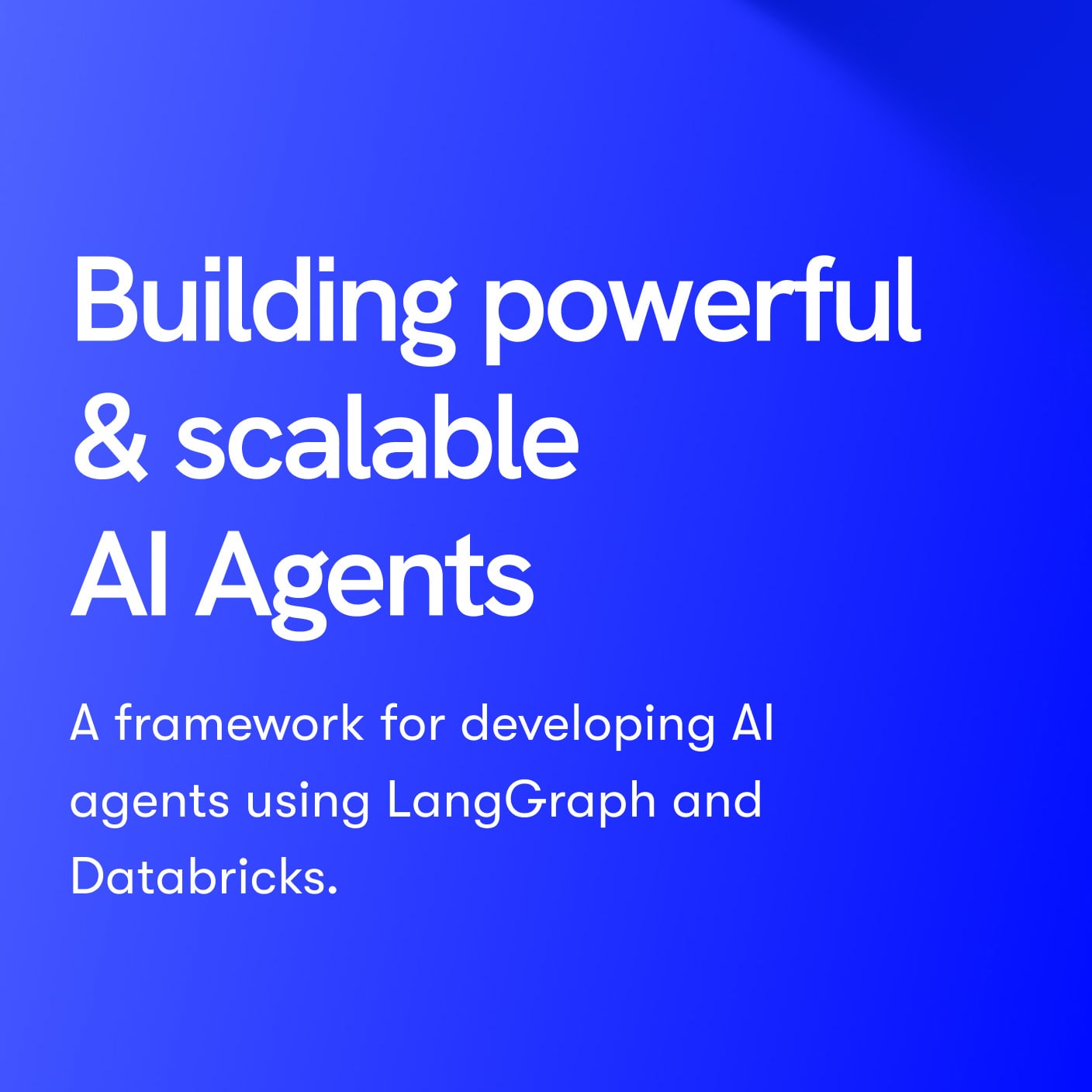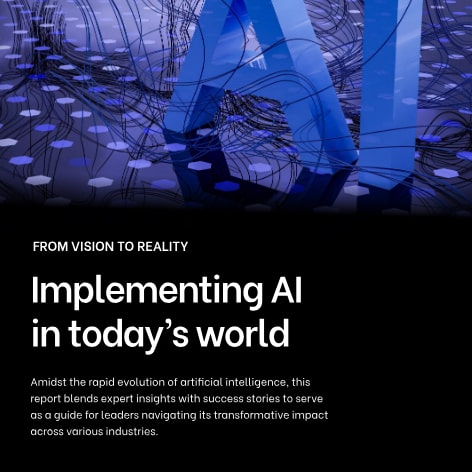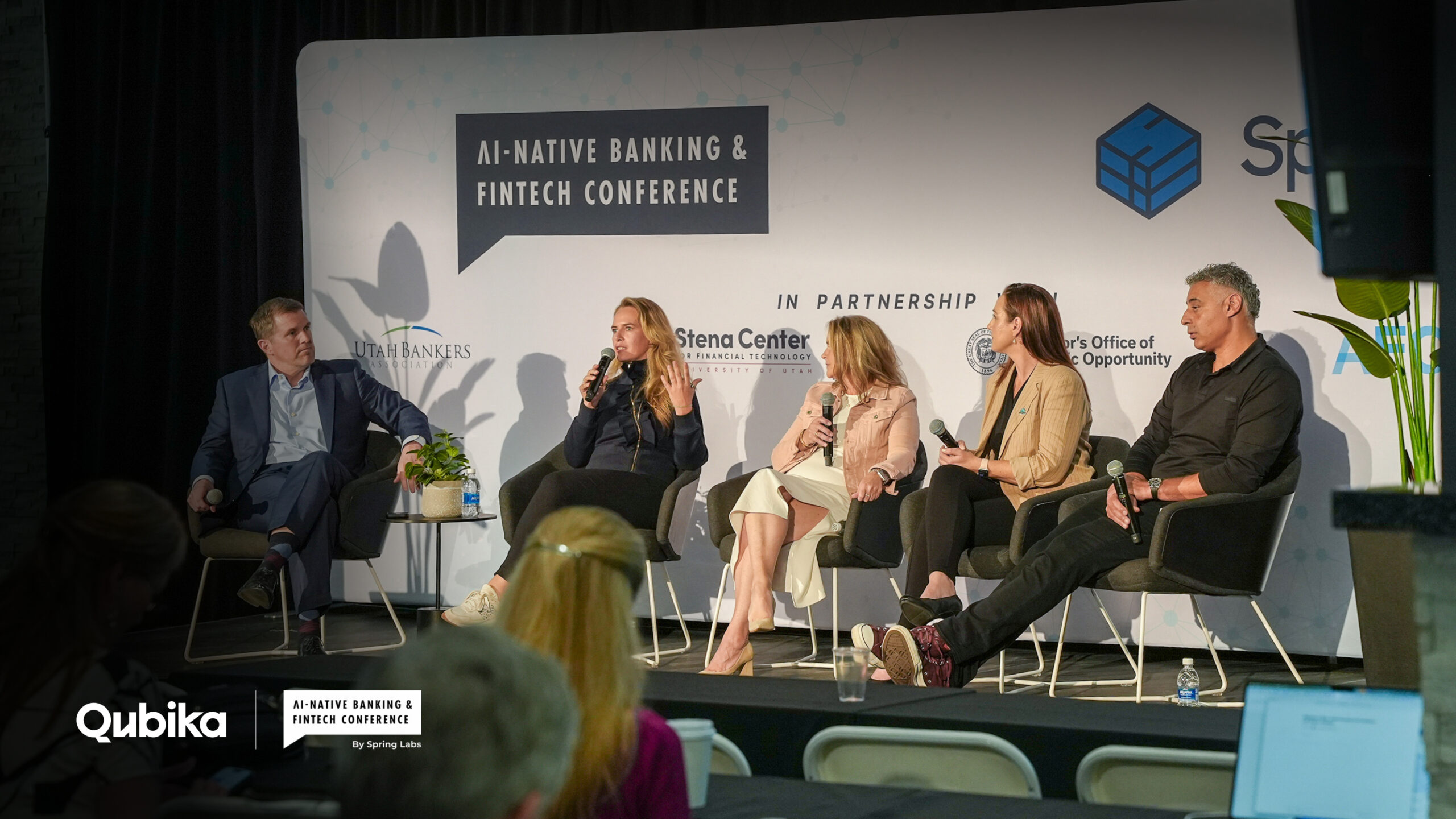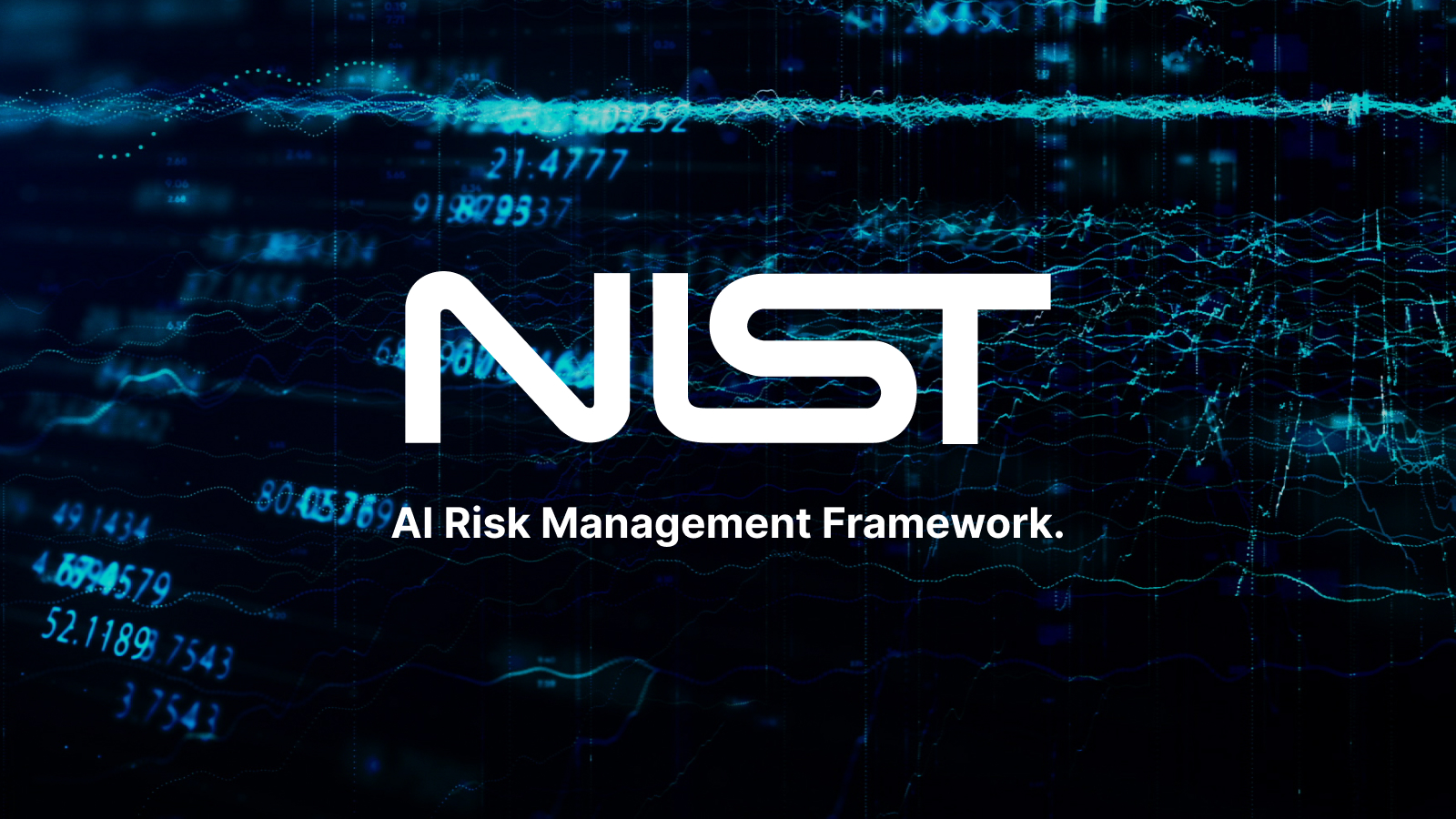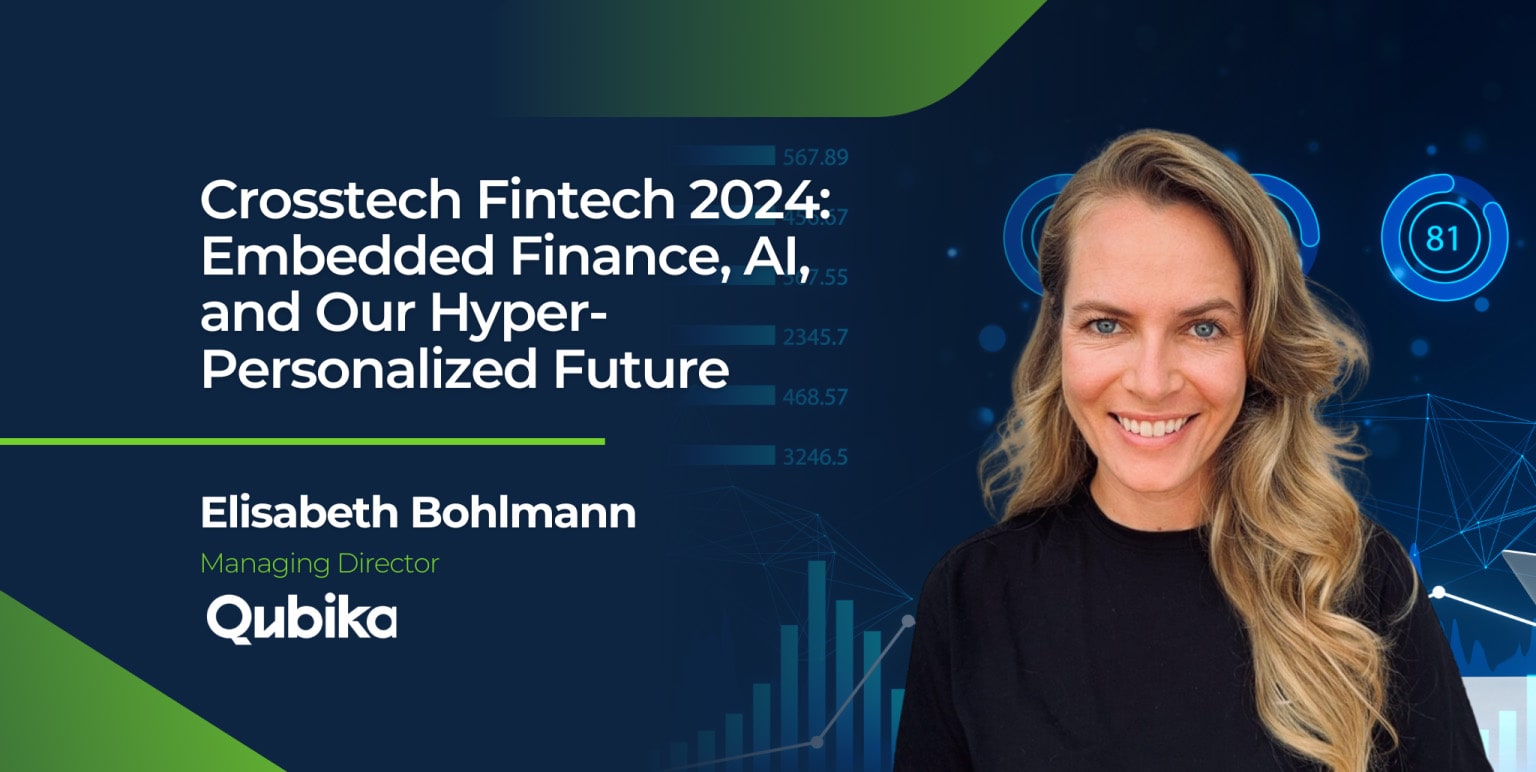In a fast-evolving fintech landscape, staying ahead requires leveraging cutting-edge AI solutions to address critical business challenges. This article explores three AI-powered solutions designed specifically for the fintech industry, aimed at driving revenue growth, minimizing customer churn, and enhancing customer engagement.
By leveraging advanced AI techniques, these solutions provide actionable insights for smarter decision-making. Additionally, the article highlights key takeaways and lessons learned, offering a roadmap for successfully integrating AI into business strategies.
Business context
The fintech industry is undergoing rapid transformation, driven by increasing customer expectations, evolving regulatory landscapes, and fierce competition. Businesses are challenged to deliver personalized services, retain a loyal customer base, and identify untapped opportunities for growth.
In this dynamic environment, leveraging artificial intelligence has become a game-changer. AI enables fintech companies to harness vast amounts of data to uncover actionable insights, optimize operations, and enhance customer experiences. This article focuses on three critical areas, personalized product recommendation, customer retention, and look-alike segmentation, that illustrate how AI can solve pressing business challenges while driving measurable results. In the following sections we will delve into each of these challenges.
Boost sales with AI-powered personalized recommendations
Business problem
In the competitive fintech landscape, identifying the right product for each customer can significantly enhance customer satisfaction and drive sales. The challenge is to offer personalized recommendations at scale, considering the vast amount of transactional, demographic, and behavioral data available for each customer. Without such tailored recommendations, businesses risk losing cross-sell opportunities and failing to meet customer expectations for personalized service.
Hypothesis
It is possible to accurately predict which products a customer is most likely to acquire in the next three months by analyzing their historical transactional data, socio-demographic attributes, and account characteristics. This probability can form the basis of an AI-powered recommendation engine, ensuring that customers receive personalized product offers aligned with their needs and behaviors.
Solution design
To address the challenge, a machine learning model was developed using a 12-month dataset from two clients. The data included transactional information, customer demographics, and account details. The solution followed these steps:
- Data Preparation: Key features such as account balances, income, expenses, customer demographics, and lifestyle were aggregated and grouped quarterly. Both stock and flow variables were carefully calculated to capture meaningful trends.
- Feature Engineering: Additional features like balance trends, transaction rates, and customer tenure were derived to enhance model predictions.
- Model Training: A OneVsRestClassifier approach with XGBoost as the base estimator was used to predict the likelihood of acquiring each product. The dataset was split into training (80%) and testing (20%) sets, with class balancing techniques applied to handle the imbalance in acquisition events.
- Evaluation Metrics: The model’s performance was evaluated using “Recall at Top n”, a metric that assesses how many recommended products matched actual acquisitions across different recommendation levels (Top 1, Top 2, Top 3).
Results
The cross-sell model demonstrated significant improvements over baseline methods:
- Recall at Top 1: The model outperformed random recommendations by 740% and top-sell recommendations by 75%.
- Recall at Top 3: The model achieved a 313% improvement over random recommendations and a 38% improvement over top-sell methods.
These results highlight the effectiveness of AI-powered recommendations in identifying the most relevant products for customers, leading to increased cross-sell opportunities and enhanced customer engagement.
Targeting retention: Proactively reducing customer churn
Business problem
Customer retention is a critical challenge in the fintech industry, where even a small increase in churn rates can lead to significant revenue loss. Identifying at-risk customers and proactively addressing their concerns requires a precise understanding of the factors contributing to churn. However, the complexity of customer behaviors and the diversity of financial products make it difficult to predict churn accurately without leveraging advanced analytics.
Hypothesis
Given the historical information and characteristics of customers, including transactional data, demographic attributes, and account activity, it is possible to predict the likelihood of churn (i.e., customers closing all products) in the next three months. This insight can enable timely interventions to reduce customer attrition and improve retention.
Solution design
The churn model was developed using 24 months of data from two clients, encompassing a wide range of customer profiles and behaviors. The approach included the following steps:
- Data Preparation: Eligibility criteria were applied to filter customers with at least three months of historical data and a maximum balance exceeding $10. Quarterly data aggregation was performed to capture trends in customer behavior.
- Feature Engineering: Features derived from transactional data, such as withdrawal and deposit patterns, account balances, and delays in payments, were combined with demographic attributes like age, income group, and lifestyle.
- Model Training: The dataset was split into training (80%) and test (20%) sets, stratified by the churn target. An XGBoost classifier was used as the modeling algorithm, with hyperparameters tuned to address class imbalance using the scale_pos_weight parameter.
- Performance Metrics: The model’s performance was evaluated using the AUC-ROC score, which measures its ability to discriminate between churners and non-churners across different thresholds.
Results
The churn model delivered robust performance, achieving the following key outcomes:
- AUC-ROC Score: 0.89, representing a 78% improvement over random guessing (0.5).
- Precision and Recall: The model demonstrated strong recall, identifying a significant portion of churn events while maintaining precision in its predictions.
These results underscore the importance of transactional data in predicting churn and highlight the model’s ability to support proactive retention strategies.
Advanced look-alike segmentation to drive marketing success
Business problem
In the fintech industry, acquiring new customers who align with the profile of existing high-value clients is a strategic priority. Traditional segmentation methods often fall short in identifying such prospects with precision, leading to inefficiencies in marketing campaigns and customer acquisition efforts. The challenge lies in defining meaningful similarity metrics and applying them at scale.
Hypothesis
For a given set of customers, their historical data and characteristics can be analyzed to identify the top-n features that contribute most to similarity. Using these attributes, we can score and rank other customers based on their resemblance to the target group, enabling effective look-alike segmentation for marketing purposes.
Solution design
The look-alike model was developed using 12 months of data, leveraging a statistical approach to quantify customer similarity. This diagram represents the design of the solution:
The process included the following steps:
- Feature Selection: Key features were selected and categorized as numerical or categorical. Numerical features were standardized, and their similarity was measured using standard deviations. For categorical features, concentration metrics like the Herfindahl–Hirschman index were used.
- Customer Sample Analysis: The input sample, provided by business users, was analyzed to calculate feature-level statistics (e.g., mean, standard deviation, concentration). These were compared to population-level statistics to rank features based on their contribution to similarity.
- Similarity Scoring: Using the top-n ranked features, similarity scores were computed for all customers outside the sample. Numerical features used range-based scoring, while categorical features relied on proportional similarity.
- Output Tables: Two tables were generated, one containing feature rankings and another with similarity scores for each customer, providing actionable insights for targeted marketing.
Results
The look-alike model delivered the following key insights:
- Identification of the most important features among a set of customers: The feature-ranking table provided transparency into the characteristics driving similarity, enabling better understanding and decision-making.
- Identification of similar customers outside the sample: In the experimentation, we were able to identify a bunch of customers with a similarity score of 80% or higher to an input sample of 70 customers.
This approach allowed the company to expand the customer base efficiently by focusing marketing efforts on high-potential prospects.
Conclusion
These three AI-powered solutions demonstrate the transformative potential of artificial intelligence in addressing critical business challenges within the fintech industry
From boosting sales through personalized product recommendations to reducing churn with predictive analytics and enhancing customer acquisition via look-alike segmentation, each solution leverages data-driven insights to deliver measurable results.
As fintech continues to evolve, adopting advanced AI techniques will be essential for staying competitive, meeting customer expectations, and driving sustainable growth.

